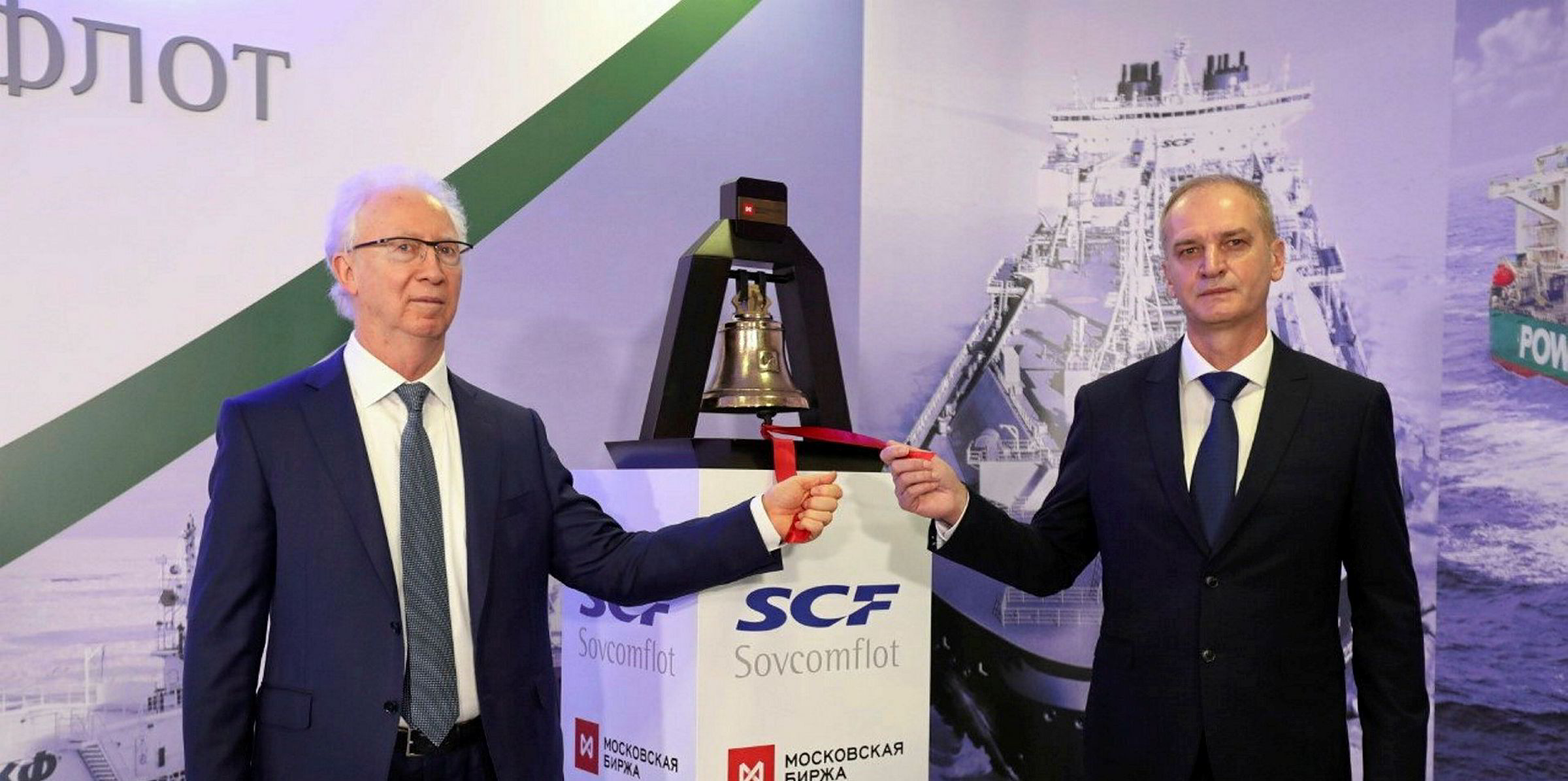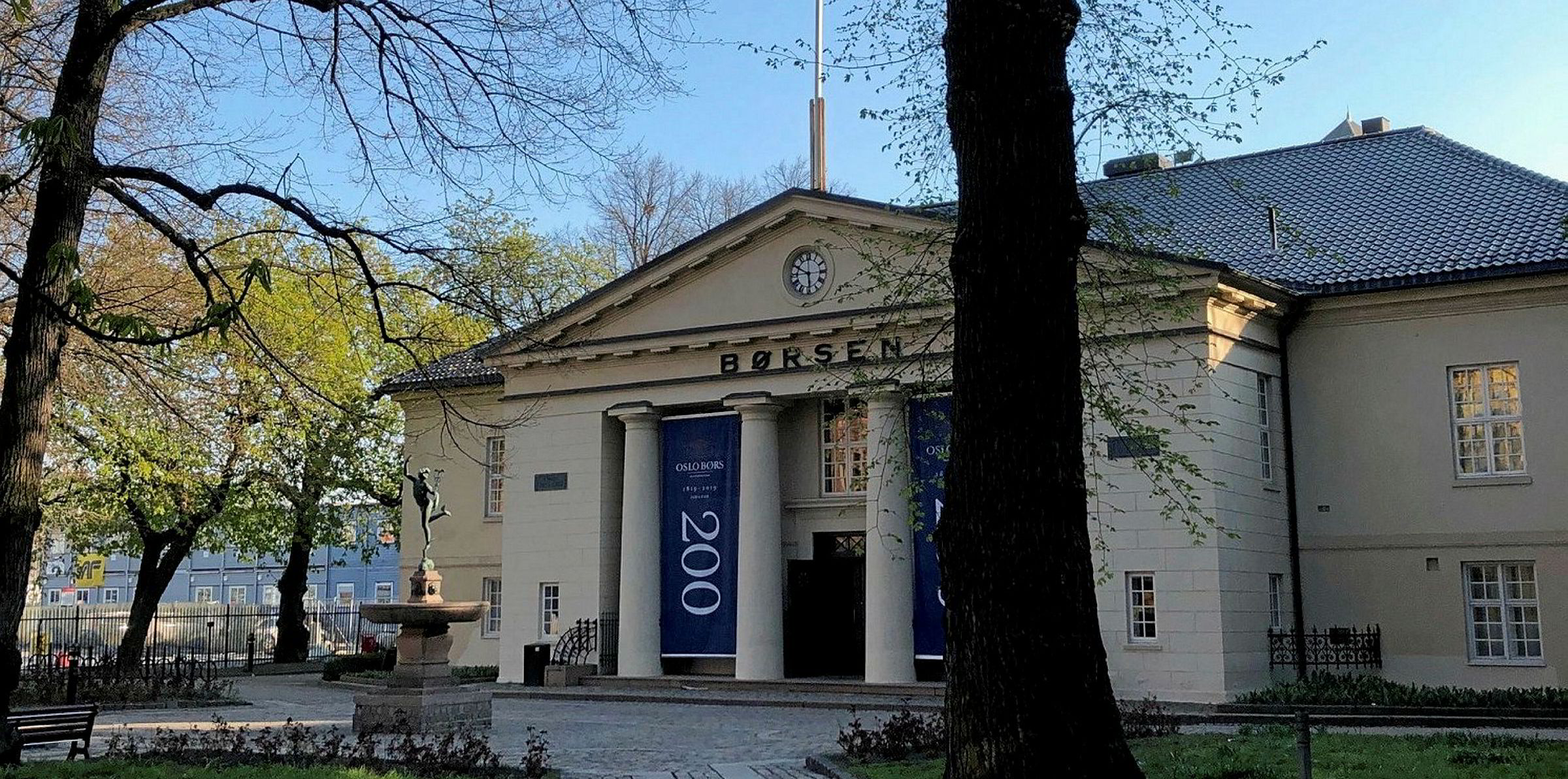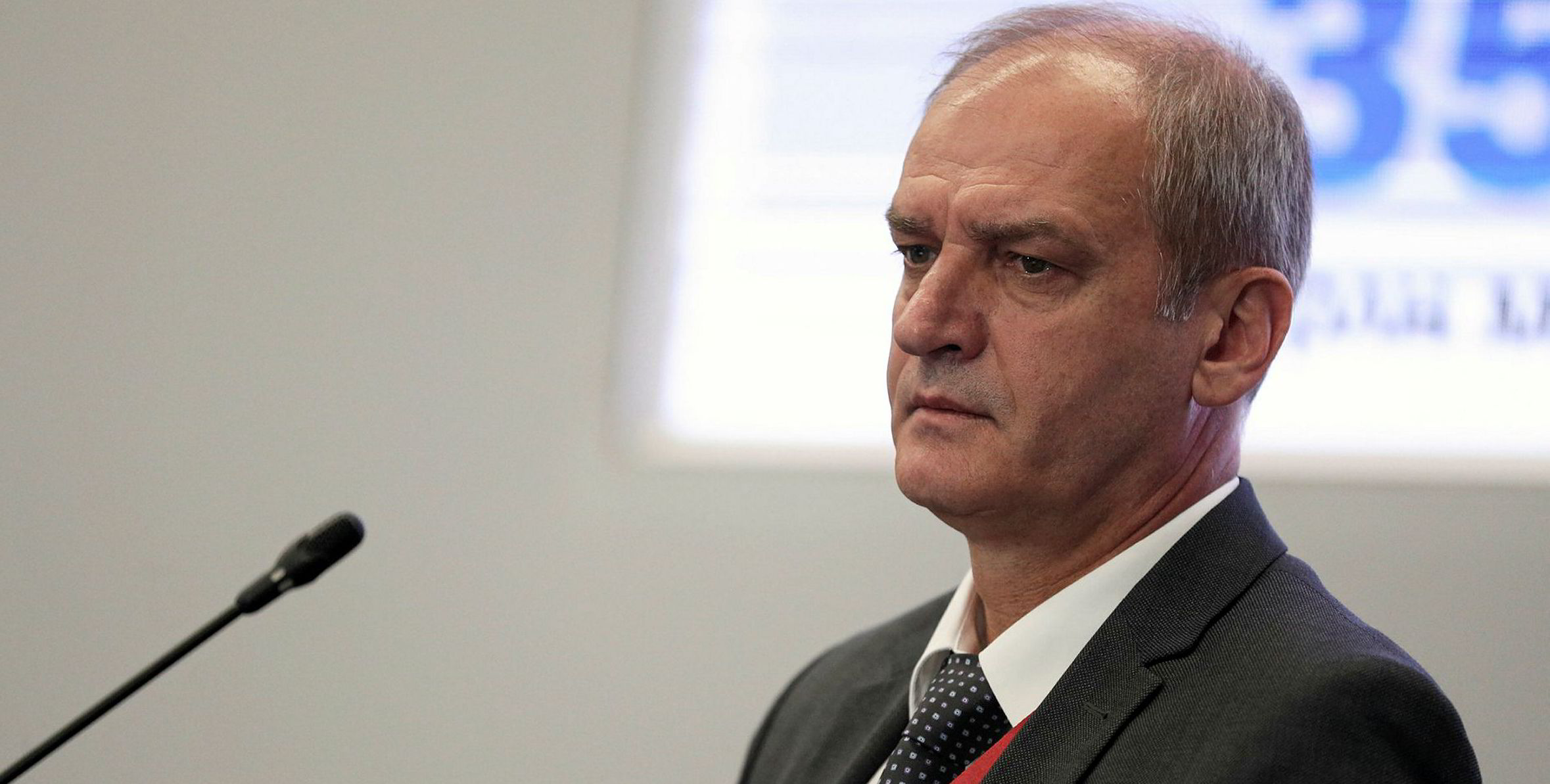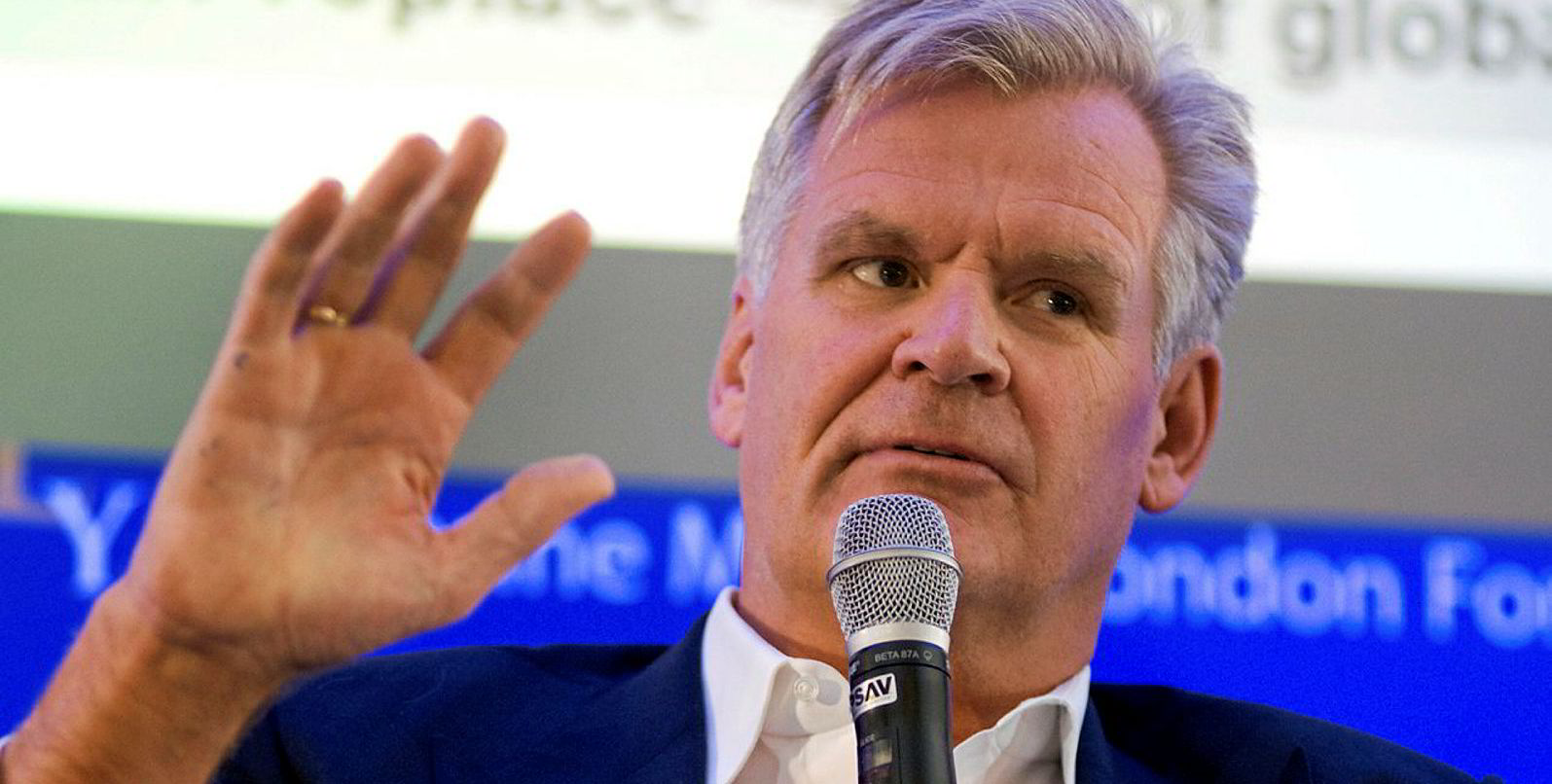Russian state shipowner Sovcomflot (SCF Group) has $550m to spend after finally completing a long-planned initial public offering (IPO) in Moscow on Wednesday.
The company sold more than 408m new shares at RUB 105 ($1.34) each, the bottom end of the indicated range of between RUB 105 and RUB 117.
Trading began on Wednesday and the price dropped below the offer level to RUB 98, underperforming the benchmark Moscow index.
The IPO valued the shipowner at about $3.2bn.
"SCF intends to use the net proceeds of the IPO for general corporate purposes, including, without limitation, investments in new assets, with a focus on industrial projects, decarbonisation and further deleveraging," the company said.
State remains in charge
The free float will be 17.2% of the company, leaving the Russian Federation, previously the sole shareholder, with an 82.8% ownership interest.
VTB Capital, Citigroup Global Markets, Sberbank CIB, JP Morgan and BofA Securities acted as joint global coordinators and joint bookrunners, and ING Bank was co-manager.
Sovcomflot chief executive Igor Tonkovidov said: "We are pleased to see the level of interest Sovcomflot’s IPO has generated amongst investors, which underpins the company’s appeal and potential.
"Through the IPO, we have gained access to equity capital as another source of finance to further advance our business."
Government support 'valuable'
The boss also thanked the Russian state's "valuable support" towards the company's ambition to increase its capitalisation and provide an efficient means to expand the business for the benefit of all shareholders.
The Russian state-run shipping giant had earlier said it would sell a stake of between 15.5% and 17%, potentially raising RUB 42.3bn ($534m).
Boris Kvasov, co-head of equity capital markets at VTB Capital, said: "SCF's IPO, despite the challenging background, attributable primarily to the Covid-19 pandemic and geopolitical developments, has attracted ‘quality’ demand, most of which came from long-term investors."
Foreign funds buy in

He added: "Geographically, the demand split roughly equally between Russian and foreign investors, with UK-based investment funds dominating amongst the foreign ones."
Kvasov explained a feature of the deal was the active involvement of retail investors, who ultimately accounted for 15% of total demand - more than 40,000 individual investors.
The IPO puts Sovcomflot in the top five of public energy-related shipping companies by value.
The transaction was also the largest shipping company IPO since 2014 and the first Russian state-owned company offering since 2013.
'Anchoring' the company
One of the buyers was Russian sovereign wealth fund Russian Direct Investment Fund (RDIF), plus its partners from among the leading sovereign wealth funds in the Middle East and Asia.
RDIF said it and the other funds have become "anchor investors", and added that foreign investors showed considerable interest during the IPO.
Kirill Dmitriev, CEO of RDIF, said: "This is a clear example of a successful IPO of a Russian company, which has a leading position both in domestic and global markets.
"RDIF plans to continue attracting partners among the world’s leading sovereign and investment funds to participate in privatisation programmes in the Russian Federation in the future."
Active expansion possible
The fund believes the part-privatisation will enable the shipowner to "actively expand" in the key areas of sea energy transportation and seismic exploration.
"In addition, the placement will have a positive synergy for the Russian shipbuilding industry, as Sovcomflot is one of the largest civil shipbuilding customers in the Russian Federation," RDIF added.
In recent years, the IPO had been delayed due to US sanctions levied against Russia after its annexation of the former Ukrainian region of Crimea, as well as depressed freight markets.
The shipowner announced the new IPO push in September and a week later, RDIF committed to participating.
Sovcomflot has an owned and chartered fleet of 146 vessels, including tankers, LNG carriers and offshore support vessels.






